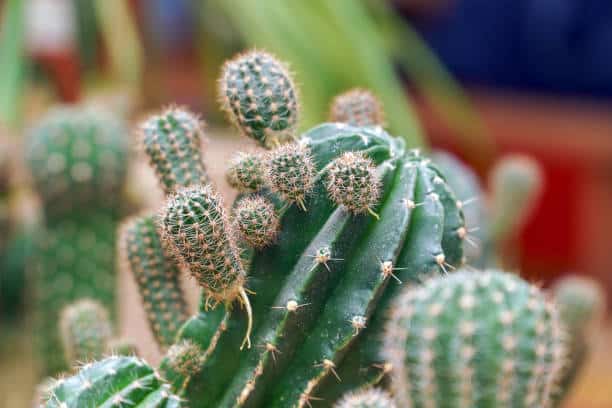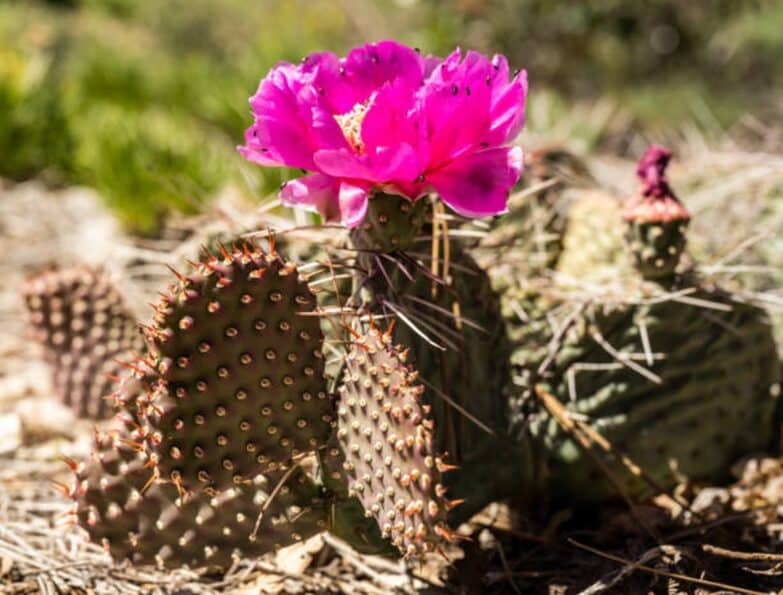Echinopsis, also known as hedgehog cacti, is a genus of over 120 species of cacti native to South America. They are known for their beautiful, large, and vibrant flowers that bloom during the warmer months. Echinopsis cacti are popular houseplants due to their low-maintenance nature and stunning appearance. In this article, we will explore the essential care tips for growing vibrant Echinopsis cacti at home, including proper watering, light, and temperature requirements, as well as propagation techniques.
Understanding Echinopsis Varieties
Echinopsis oxygona
Echinopsis oxygona is a popular species known for its rounded shape and impressive, large, trumpet-shaped flowers that can be white, pink, or purple. This species can grow up to 10 inches in diameter and thrives in well-draining soil.
Echinopsis subdenudata
Also known as the Easter lily cactus, Echinopsis subdenudata is characterized by its cylindrical shape and spines that are sparse or nearly absent. This species produces large, fragrant white flowers and grows well in a mixture of cactus soil and perlite.
Echinopsis eyriesii
Echinopsis eyriesii is a globular cactus that can grow up to 6 inches in diameter. It produces large pink or white flowers and has distinctive woolly areoles with long, thin spines. This species prefers a well-draining soil mix and moderate water.
Proper Watering for Echinopsis Cacti
One of the most crucial aspects of Echinopsis care is proper watering. These cacti are native to arid environments and are adapted to periods of drought. As such, it’s essential not to over-water your Echinopsis cacti.
Watering Frequency
During the growing season (spring and summer), water your Echinopsis cacti thoroughly once the soil has completely dried out. This may be approximately once every 7-10 days. In the fall, reduce watering to once every 2-3 weeks, and during winter, water sparingly, only once every 4-6 weeks.
Drainage
It’s crucial to provide proper drainage for your Echinopsis cacti to prevent root rot. Use a well-draining soil mix, such as a blend of cactus soil and perlite or pumice. Ensure the pot has drainage holes at the bottom to allow excess water to escape.
Light and Temperature Requirements
Light
Echinopsis cacti thrive in bright light. Place them in a sunny windowsill or a spot that receives at least 6-8 hours of direct sunlight daily. However, if your cacti are accustomed to low light conditions, gradually increase their exposure to direct sunlight to avoid sunburn.
Temperature
Echinopsis cacti prefer temperatures between 65-90°F (18-32°C) during the growing season. They can tolerate slightly cooler temperatures during the winter months but should not be exposed to temperatures below 50°F (10°C). Keep your Echinopsis cacti away from drafts, air vents, or heaters, as sudden temperature changes can cause stress.
Fertilizing Echinopsis Cacti
Fertilizer Type
Fertilize your Echinopsis cacti during the growing season with a balanced, water-soluble fertilizer diluted to half strength. A fertilizer with an N-P-K ratio of 10-10-10 or 20-20-20 would be suitable. Avoid using a high-nitrogen fertilizer as it can cause excessive vegetative growth at the expense of flowering.
Fertilizing Frequency
Fertilize your Echinopsis cacti once a month during the spring and summer months. Do not fertilize during the fall and winter when the cacti are dormant.
Propagating Echinopsis Cacti

Echinopsis cacti can be propagated through seeds or offsets. Propagation through offsets is the easiest and quickest method for most home growers.
Propagating from Offsets
Echinopsis cacti often produce small offsets or pups around the base of the plant. To propagate from offsets, gently remove an offset from the parent plant using a clean, sharp knife. Allow the offset to dry for a few days to form a callous over the cut surface. Once dried, place the offset in a pot with well-draining cactus soil. Water lightly until the offset has rooted and started to grow.
Propagating from Seeds
Propagation from seeds is slower and requires more patience but can be rewarding. To propagate from seeds, sow the seeds on the surface of a well-draining cactus mix and lightly cover them with sand. Keep the soil lightly moist and place the pot in a warm, bright location. Germination should occur within a few weeks.
Common Pests and Diseases
Pests
Common pests of Echinopsis cacti include mealybugs, scale, and spider mites. These pests can be controlled by wiping the cacti with a cotton swab dipped in alcohol or using an insecticidal soap or neem oil spray.
Diseases
The most common disease problem for Echinopsis cacti is root rot, usually resulting from over-watering or poor drainage. If you notice yellowing or wilting, check the roots for signs of rot. Infected cacti should be repotted in fresh, well-draining soil, and any rotted roots should be removed.
Conclusion
Echinopsis cacti are a delightful addition to any indoor garden. With their captivating blooms and easy-care nature, they offer a great way to add a touch of desert to your home. With the right care and attention to their watering, light, temperature, and fertilizer needs, you can enjoy the stunning beauty of Echinopsis cacti year-round.

